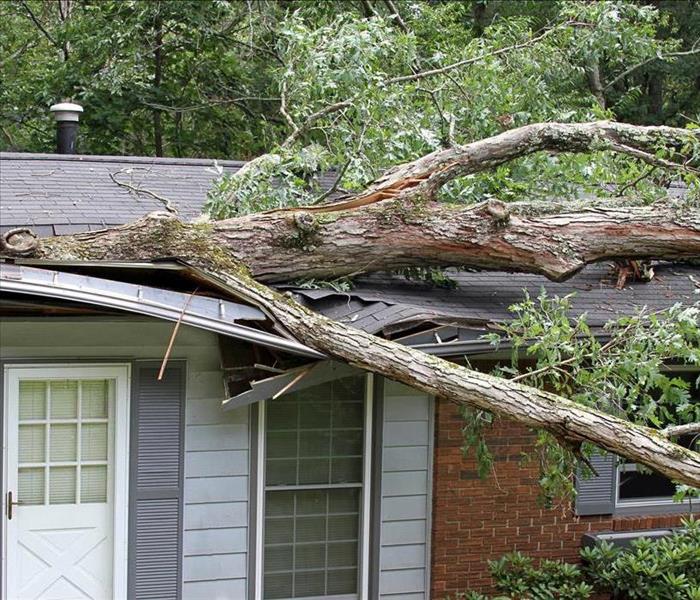5 Ways Urban Areas Are Taking on Flooding
9/14/2021 (Permalink)
 Although a storm can come on fast, advanced warning systems can help people be prepared for the worst.
Although a storm can come on fast, advanced warning systems can help people be prepared for the worst.
Below Are Five Methods Of Gaining Traction Locally And Globally
Storms with torrential rain and steadily rising high water have affected many businesses in Sandy Springs, GA. While personally being prepared and reinforcing structures to minimize damage may help avoid the need for a water damage and restoration expert, other factors play a role, including a city’s flood prevention measures. With more technology available, many urban areas are working to curb flood issues.
1. Sponge Spaces
This ecological approach involves placing features that can naturally hold, clean, and drain water to be used within a city for irrigating farms and gardens, replenishing aquifers, or replacing water used for flushing. Along with reducing flood issues, it can enhance overall water quality.
2. Green Roofs
One way to stop flooding is to prevent rain from cascading off of buildings. Roofs covered, or partially covered, in vegetation, which has an underlying waterproof membrane, absorb the water and reduce runoff.
3. Sustainable Drainage
Cities are covered in concrete, which is not a permeable material. When the rain falls, it flows toward the drainage systems, potentially creating high water. Many cities are replacing materials that block moisture with ones that absorb it. Along with more green spaces, there have been advances in concrete itself to make it more permeable.
4. Warning Mechanisms
Although a storm can come on fast, advanced warning systems can help people be prepared for the worst. While some communities do regular monitoring of rainfall amounts, stream levels, and flow data, many are moving to real-time telemetry systems for enhanced data collection and faster response times.
5. Enhanced Sewer Systems
The first step is keeping existing sewers clean of debris, tree roots, and other buildups. On top of that, many cities are improving water management via upgrading underground piping and drainage systems to separate the rainwater.
Although high water that leads to a flood may not be completely avoidable, communities, residents, and business owners can make a difference in preventing a disaster.




 24/7 Emergency Service
24/7 Emergency Service